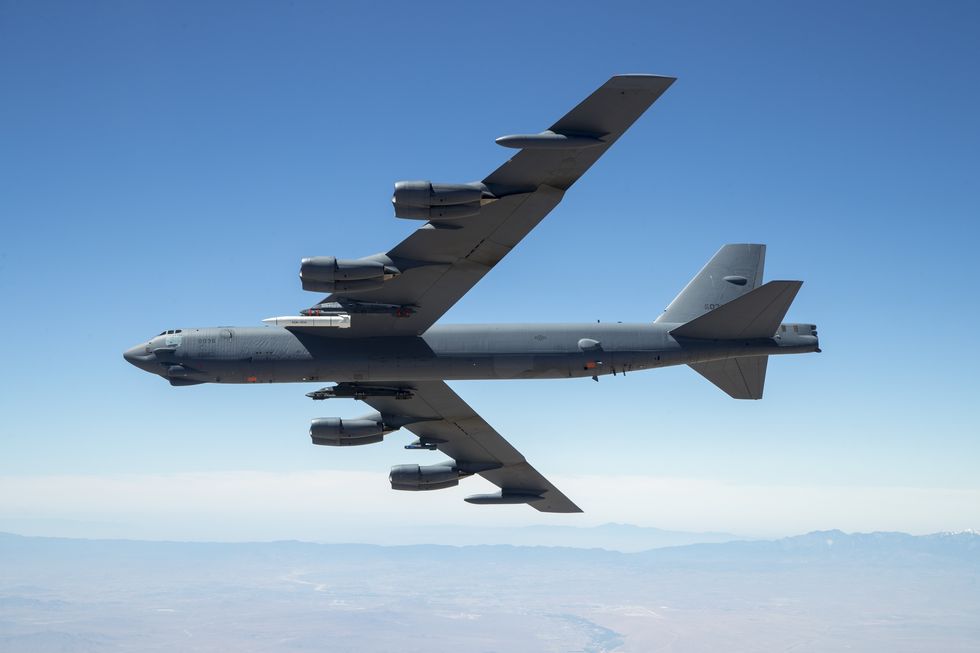The advancement in the field of weaponry and incorporation of modern technology in the sector has unlocked a myriad of possibilities for armies all across the world. There are so many options for specific objectives that can be utilized while using weapons against an enemy, either as a defense or an offense. Recently, hypersonic missiles have become quite popular in the arena, and multiple countries are seeking to get hold of this technology. However, it is not as easy and convenient as it seems. There is exhaustive testing involved before they can be used in real scenarios and these tests are not easy to pass.
The USAF has recently tested its hypersonic AGM-183A missile, and the results came out to be disappointing. It was observed that following the launch, the missile booster did not work. As a result, the missile went straight to the sea to drown. In two years, this was a fourth test that was failed by the technology.

The experiment was carried out at Point Mugu Sea Range in California and was called the Booster Test Vehicle 1b. The missile was released from a B-52H Stratofortress bomber and it did not fly to its failure immediately. In fact, it seemed to be doing just fine in the beginning.
The test was successfully being passed with GPS acquisition, umbilical disconnect, and power transfer from the aircraft to the missile along with fin operation and de-confliction maneuvers. However, when it was time for the missile booster to ignite, it failed.
It is believed that this hypersonic missile has the potential to destroy a fleet of enemy aircraft. One B-1B bomber can carry 31 ARRWs at once. This means that by using only 45 of these bombers, 456 of these missiles can be released simultaneously. These hypersonic flights can destroy and takedown F-15EX Super Eagles, F-35 Joint Strike Fighters, F/A-18E/F Super Hornets.
A test conducted before this in April 2021 failed to release the missile from the carrier. Before that, Hypersonic Air-breathing Weapon Concept (HAWC) failed tests in June and December 2020. However, progress is still being made and the Air Force is getting there.


